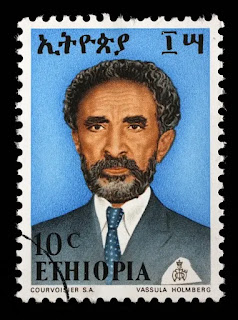Haile Selassie I, born on 23 July 1892, in Ejersa Goro, Ethiopia, was the Emperor of Ethiopia from 1930 to 1974. Originally named Tafari Makonnen, he was a prominent figure in Ethiopian and world history, known for his efforts to modernize Ethiopia and his role in the establishment of the United Nations. Selassie was a symbol of African independence and resistance to colonialism, particularly noted for his leadership during the Italian invasion of Ethiopia in 1935.
Haile Selassie is also revered in the Rastafarian movement, which considers him the returned messiah of the Bible, God incarnate, and the King of Kings. The Rastafari movement, which began in Jamaica in the 1930s, takes its name from Haile Selassie's pre-coronation title, Ras Tafari Makonnen. Followers of the movement see his coronation as the fulfillment of biblical prophecy and celebrate him as a spiritual figure who embodies African identity and pride.
Haile Selassie died on 27 August 1975, under mysterious circumstances while under house arrest following a coup that deposed him in 1974. His legacy continues to influence Ethiopian history and Rastafarian culture, symbolizing resilience, spirituality, and the struggle for freedom.

No comments:
Post a Comment